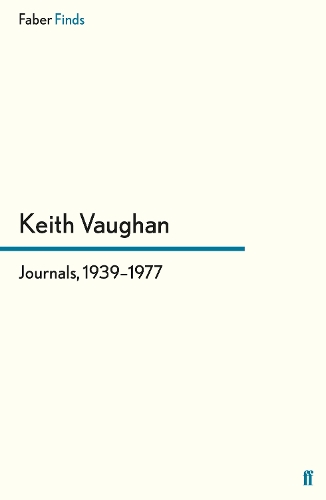
Journals, 1939-1977
(Paperback, Main)
Publishing Details
Journals, 1939-1977
By (Author) Keith Vaughan
Faber & Faber
Faber & Faber
18th March 2010
Main
United Kingdom
Classifications
General
Non Fiction
Individual artists, art monographs
Paintings and painting
Published diaries, letters and journals
759.2
Physical Properties
Paperback
236
Width 153mm, Height 234mm, Spine 18mm
370g
Description
There is nothing like Keith Vaughan's Journals. They represent one of the greatest pieces of confessional writing of the twentieth-century. Keith Vaughan was a painter and belonged to the Neo-Romantic group, other members including Graham Sutherland, John Minton, Michael Ayrton, Ceri Richards, John Piper and John Craxton. He was also gay and much troubled by his sexuality. 'Faced at the age of 27 with what then seemed the likelihood of imminent extinction before I had properly got started', he began the Journals in 1939 and only finished them at the very moment of his suicide in 1977. shape or form, or hypocrisy. It is difficult to think of anything in literature they resemble.' The earlier Journals, covering his war and his period of greatest creativity in the late 1940s and 1950s, 'are revealing for the light they shed on a painter's character and, to a lesser extent, working methods.' The last Journals chronicle 'a descent into hell . . . redeemed by their frankness, spleen and dry humour.' then reissued in amplified form in 1989, it is the latter version Faber Finds is reissuing. The fuller edition itself has been out of print for a long time, so its renewed availability will be welcome.
Author Bio
Keith Vaughan (1912-1977) was a painter and a writer. As a painter he belonged initially to the Neo-Romantic movement of the 1940s but increasingly developed his own idiosyncratic style. Concentrating on studies of male figures, his style became progressively more abstract. Despite his undeniable stature as an artist, he is perhaps as well known today for his journals which are one of the greatest pieces of confessional writing of the twentieth-century.
